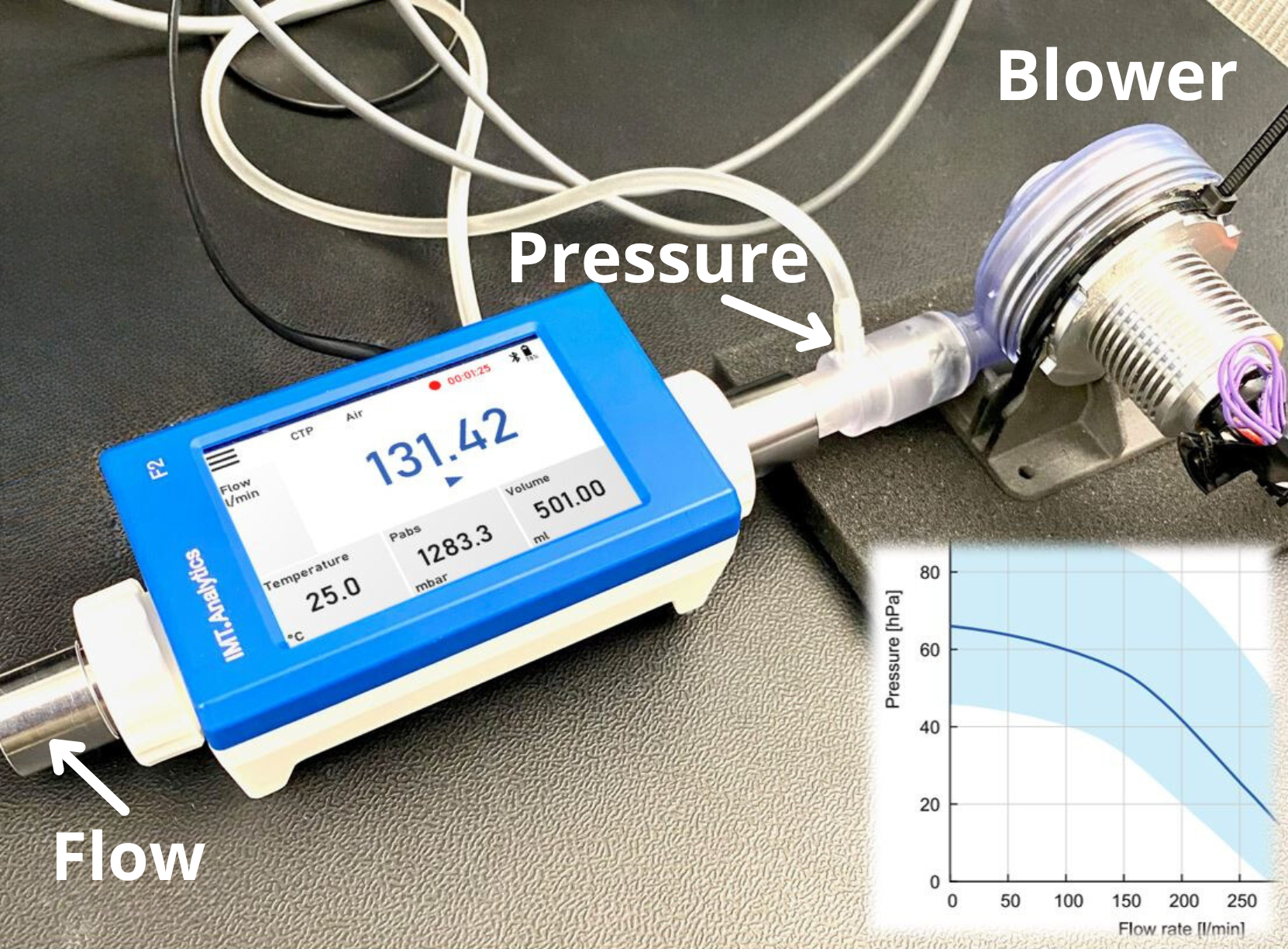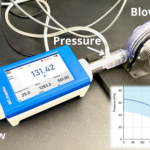Introduction:
The Joint Commission (TJC), an esteemed organization dedicated to accrediting healthcare programs and organizations, plays a vital role in upholding safety and quality standards. Their guidelines are instrumental in maintaining the optimal performance of medical ventilators in hospitals. In this article, we will explore the significance of ventilator maintenance and safety in hospitals, focusing on the recommendations put forth by The Joint Commission (TJC).
- Implementing a Comprehensive Maintenance Program:
Ensuring the reliable functionality of medical ventilators requires the implementation of a comprehensive maintenance program. Through regular inspections, cleaning, and preventive maintenance activities, hospitals can identify and address potential issues promptly. Adhering to TJC guidelines enables hospitals to prevent malfunctions and extend the lifespan of ventilators, guaranteeing consistent and effective patient care. - Calibration and Functional Testing:
The accurate calibration and functional testing of ventilators are vital components of maintenance and safety protocols. TJC recommends regular calibration to verify precise flow rates, pressure readings, and other critical parameters. This practice enhances patient safety and guarantees optimal respiratory support. By adhering to TJC’s guidance, hospitals can ensure ventilators operate within the specified tolerances and deliver reliable treatment. - Documenting Maintenance Activities:
Thorough documentation of all maintenance activities related to medical ventilators is essential. Detailed records including inspections, repairs, calibrations, and other maintenance actions provide a valuable reference for future assessments. Proper documentation assists in monitoring trends, identifying patterns, and demonstrating compliance with regulatory requirements, ensuring accountability and maintaining the highest standards of care. - Staff Training and Competency:
TJC emphasizes the importance of comprehensive training and competency assessment for healthcare staff responsible for ventilator operation and maintenance. By equipping staff members with the necessary knowledge and skills, hospitals foster a culture of safety and efficacy. Adequate training ensures that healthcare professionals are proficient in ventilator operation, cleaning procedures, troubleshooting, and identifying potential safety concerns, resulting in improved patient outcomes. - Regular Safety Checks and Alarms:
Regular safety checks and alarm system testing are crucial for ensuring the readiness and effectiveness of medical ventilators. TJC recommends establishing protocols to verify alarm functionality, battery backups, and fail-safe mechanisms. These checks aid in early detection of potential issues, enabling prompt interventions during emergencies and maintaining patient safety. - Device Upgrades and Recalls:
Staying informed about ventilator recalls, safety alerts, and manufacturer recommendations is of paramount importance. Hospitals should establish processes to promptly address and track such notifications. By implementing necessary upgrades and addressing recalls, hospitals enhance the reliability of ventilators, minimize potential malfunctions, and prioritize patient safety.
Conclusion:
The Joint Commission (TJC) guidelines serve as a cornerstone for ventilator maintenance and safety in hospitals. By adhering to these recommendations, healthcare organizations can establish comprehensive maintenance programs, ensure accurate device functionality, and prioritize patient safety. Through regular inspections, calibration, staff training, and adherence to safety protocols, hospitals demonstrate their commitment to providing the highest quality of care. The Joint Commission (TJC) guidelines empower healthcare organizations to maintain reliable and effective medical ventilators, fostering an environment of excellence and patient-centered care.







